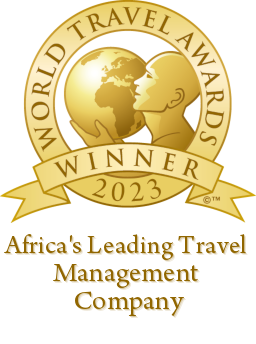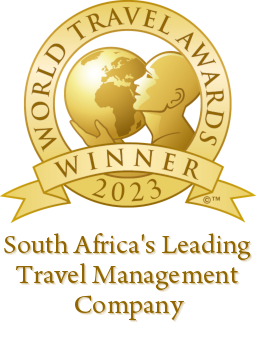Our global partner, BCD Travel, in collaboration with Global Crisis Management, initiated a survey focused on travel risk management (TRM), exploring the experiences of travel buyers. BCD’s Global Crisis Management team, recognised for its TRM expertise, highlights the pillars of a robust TRM program: plan, support, and review, adhering to the ISO 31030:2021 standards.
In 2021, the International Organisation for Standardisation released the ISO 31030:2021 standard tailored for TRM. Our survey revealed only 14% of travel buyers are familiar with it, indicating a potential knowledge gap. Though the ISO 31030:2021 provides a framework without certification, Rennies BCD Travel’s methods are aligned with its guidance, assisting organisations in refining their TRM approaches.
These are the key takeaways from our research:
Who Drives TRM in Organizations?
58% of travel buyers identify the C-Suite/Executive Team as TRM leaders.
HR’s role is pivotal, participating at 63%.
The Significance of TRM Communication
TRM guidelines should be thoroughly communicated to employees.
Establishing a culture that promotes safety while honouring organisational protocols is crucial.
Understanding Travel Risks
Destination intelligence is invaluable for TRM. 75% of organisations fetch data from third-party providers, while 58% trust their TMC for such insights.
BCD Travel’s COVID-19 Information Hub is a reliable source for safe travel decisions.
Gaps in Safety Provisions
A disparity exists between what travellers seek in safety and what organisations provide.
Emergencies highlight the need for quick access to critical contacts.
Discrepancies in Traveller Preferences and Provisions
A vast number of travellers are uninformed about their organisation’s offerings. The findings reveal that 27% prefer additional hotel safety tools, yet only 5% of organisations cater to this need.
The Growing Role of Blended Travel
Blended travel has gained momentum with a whopping $497.5 billion market value in 2022.
Clear organisational policies on blended travel can be a talent magnet, strengthening company culture.
Review High-Risk Destination Lists
Most organisations, over 60%, in fact, regularly update their TRM programs. Given today’s global uncertainties, it’s vital to reevaluate high-risk destinations continuously. Yet, it’s alarming how many firms neglect the importance of crisis response tests. This neglect could compromise their readiness in real emergencies.
A multidimensional approach to risk assessment is crucial, encompassing more than just the travel destination and mode of transport. Equally vital is the necessity for robust training, localised intelligence in high-risk areas, and transparent communication of emergency protocols.
Recommendations:
- Broaden the parameters of risk assessments to include factors beyond just travel destinations and transportation methods.
- Implement travel security training tailored both for general travel and specific high-risk destinations.
- Prioritise clear and concise emergency instructions for employees, ensuring they are informed and prepared.
- Adopt a dual approach in sharing emergency contact details – digitally and in tangible print formats.
- Leverage local intelligence and assistance for real-time insights and support, especially in high-risk travel areas.
- Draft, finalise, and widely disseminate a policy on blended travel to guarantee organisational alignment.
- Reinforce post-travel support structures to cater to employees’ well-being after trips.
- Ensure that TRM programs undergo regular audits, particularly when changes occur within the organisation or its external partners.
- Establish a standardised protocol for periodically reviewing the list of high-risk destinations.
- Act proactively by scheduling regular crisis simulations, avoiding the pitfalls of last-minute preparations during emergencies.




